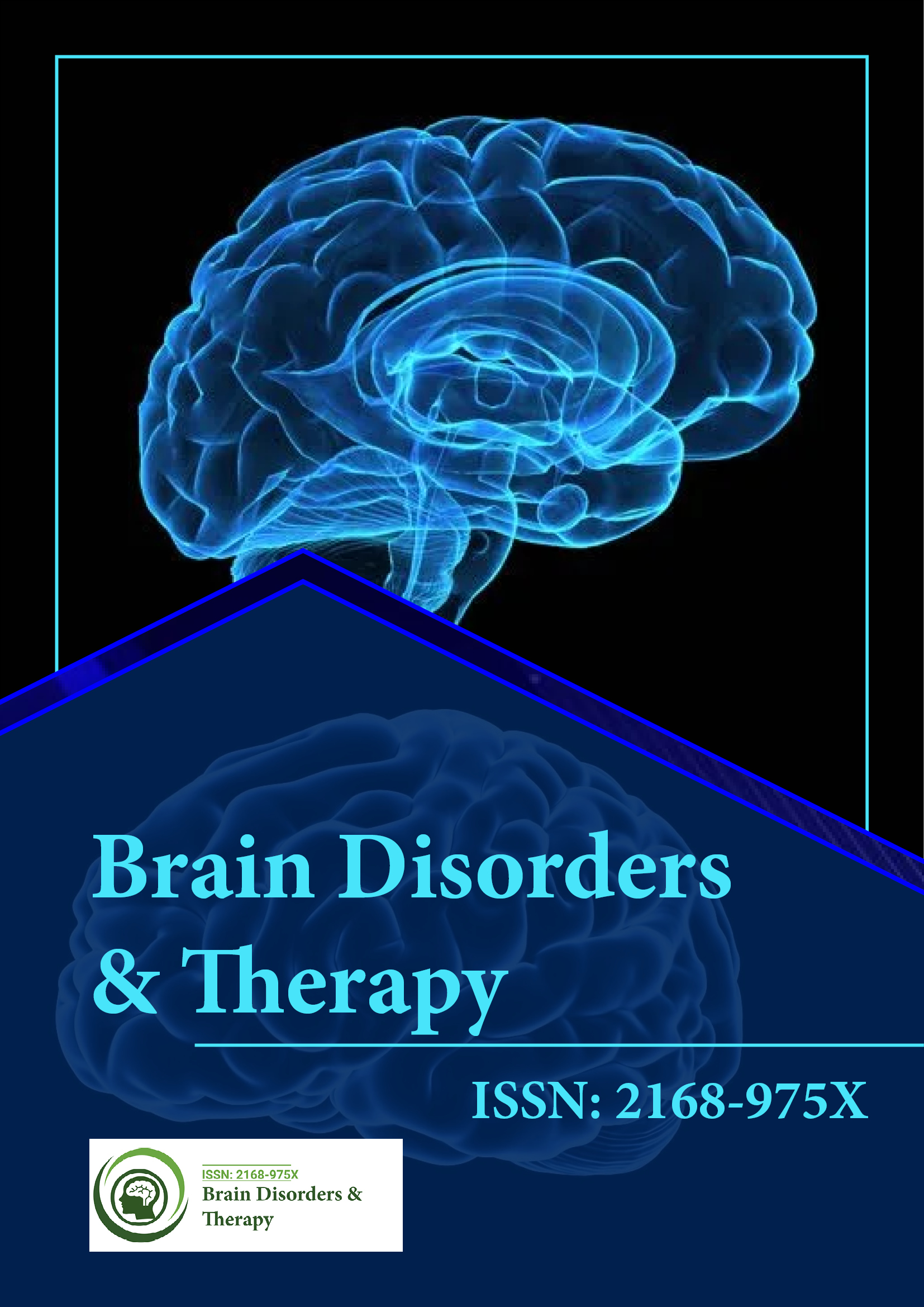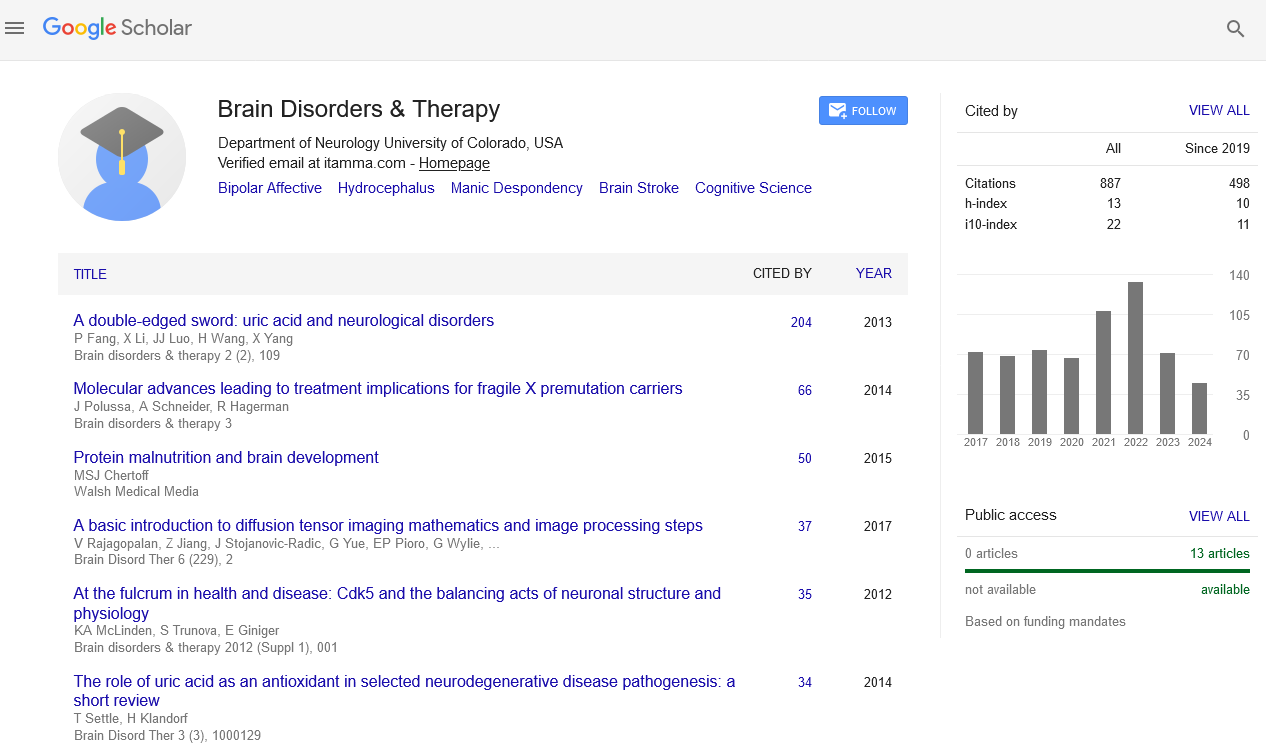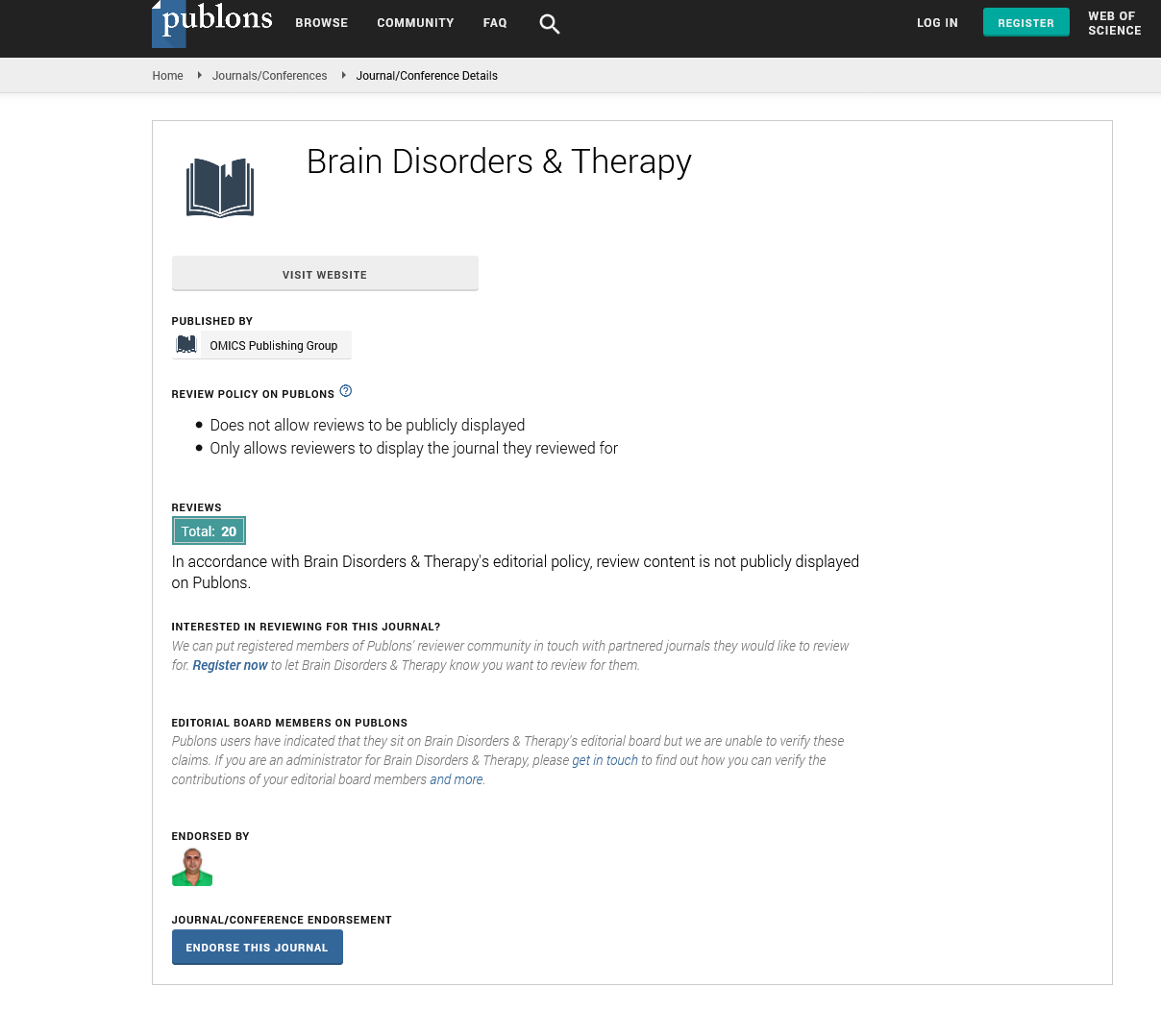Indexed In
- Open J Gate
- Genamics JournalSeek
- JournalTOCs
- RefSeek
- Hamdard University
- EBSCO A-Z
- OCLC- WorldCat
- Publons
- Geneva Foundation for Medical Education and Research
Useful Links
Share This Page
Journal Flyer

Open Access Journals
- Agri and Aquaculture
- Biochemistry
- Bioinformatics & Systems Biology
- Business & Management
- Chemistry
- Clinical Sciences
- Engineering
- Food & Nutrition
- General Science
- Genetics & Molecular Biology
- Immunology & Microbiology
- Medical Sciences
- Neuroscience & Psychology
- Nursing & Health Care
- Pharmaceutical Sciences
Imaging modalities to predict/prevent cerebral reperfusion trauma in mechanical thrombectomy
7th International Conference on Neurological Disorders & Stroke
September 20-21, 2018 | Rome, Italy
Andreas Schwartz
Heidelberg University, Germany
Posters & Accepted Abstracts: Brain Disord Ther
Abstract:
Reperfusion therapy in acute ischemic stroke (AIS) targets to prevent ischemic injury. Early reperfusion may restore functional and structural integrity, late reperfusion may lead to tissue injury. Ischemic reperfusion injury (IRI) can even exceed the expected ischemia related tissue damage). Factors that influence the success of recanalization and perfusion include duration, extent, severity of ischemia and collateral circulation. Mechanical revascularization (MR), like thrombectomy, show significantly higher rates of recanalization than pharmacological strategies. Current imaging technology with combination of contrast-enhanced computer tomography (CE-CT), computer tomography-angiography (CTA) and CBV/CBF maps used as multimodal CT have a high sensitivity for early detecting infarction. Hemorrhagic transformation does not seem to be associated with reperfusion. BBB (Blood brain barrier) disruption can occur due to ischemic conditions of the vessel wall after failure of recanalization as well as after hyperperfusion as a condition for successful reopening of the occlusion. Based on a combination of image- based and clinical data tissue salvage following recanalization can be calculated. CT-perfusion imaging appears to improve selection of patients for MT mechanical. These imaging techniques are proposed to be included into the standard pre- interventional imaging protocols
Biography :
E-mail: andreas.schwartz@krh.eu


